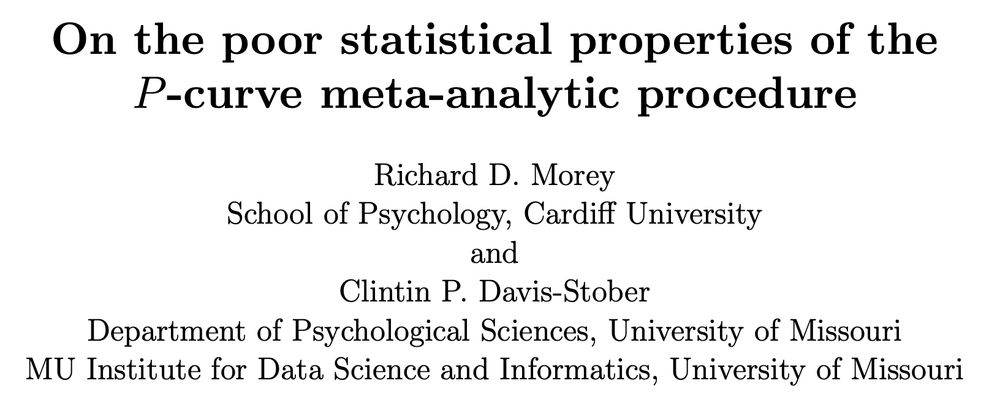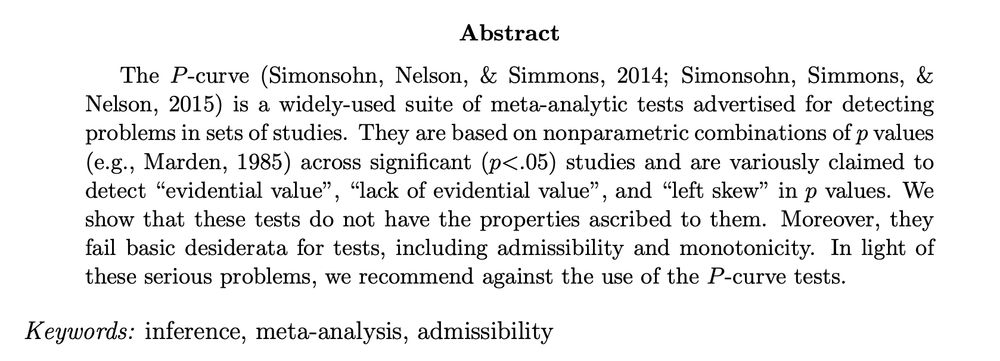Martin Modrák
@modrakm.bsky.social
1.2K followers
36 following
150 posts
Biostatistics/bioinformatics at Charles University, 2nd faculty of Medicine. Bayesian in practice, but not a fan of Bayesian epistemology. Main on fedi: https://bayes.club/@modrak_m
Blog: https://martinmodrak.cz
Posts
Media
Videos
Starter Packs
Reposted by Martin Modrák
Reposted by Martin Modrák
Reposted by Martin Modrák
mareike
@mareike.bsky.social
· Sep 8
Martin Modrák
@modrakm.bsky.social
· Sep 3
Martin Modrák
@modrakm.bsky.social
· Sep 3
Martin Modrák
@modrakm.bsky.social
· Sep 3
Reposted by Martin Modrák
Reposted by Martin Modrák
Reposted by Martin Modrák
Reposted by Martin Modrák
Reposted by Martin Modrák
Reposted by Martin Modrák
Reposted by Martin Modrák
Reposted by Martin Modrák
Martin Modrák
@modrakm.bsky.social
· Aug 10
Reposted by Martin Modrák
Reposted by Martin Modrák
Reposted by Martin Modrák
Martin Modrák
@modrakm.bsky.social
· Aug 3














